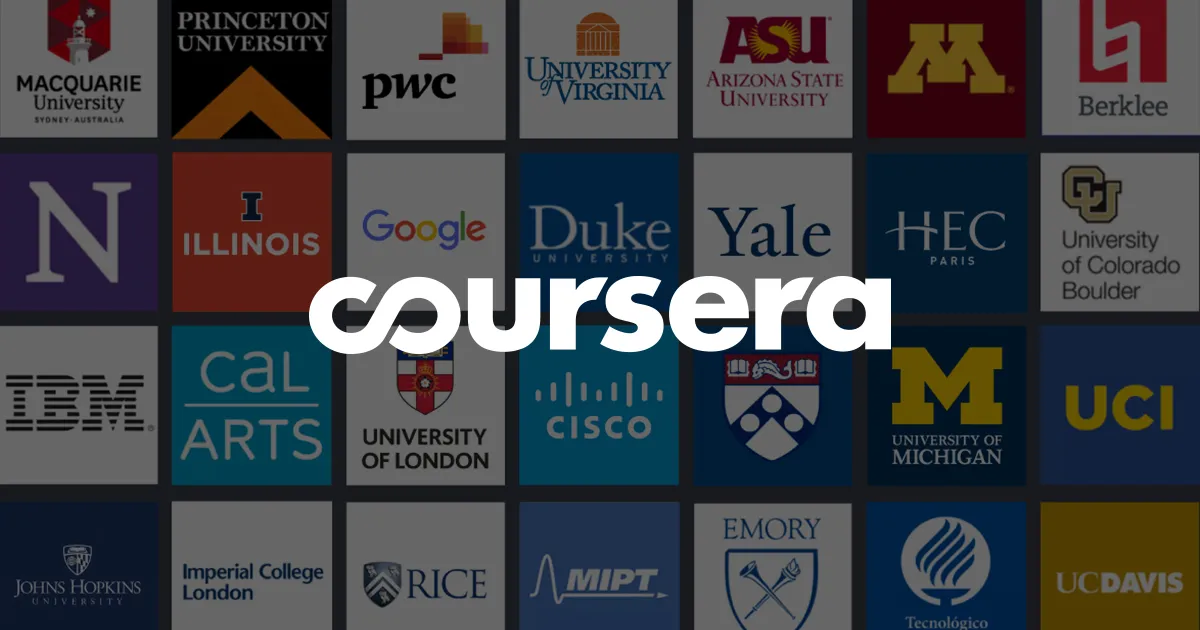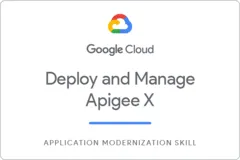
Security Enhanced Linux (SELinux) Fundamentals 
This course provides an introduction to the fundamentals of Security Enhanced Linux (SELinux). Participants will gain the knowledge and skills necessary to deploy and work with SELinux in their environment. ▼
ADVERTISEMENT
Course Feature
![]() Cost:
Cost:
Free Trial
![]() Provider:
Provider:
Pluralsight
![]() Certificate:
Certificate:
No Information
![]() Language:
Language:
English
![]() Start Date:
Start Date:
Self Paced
Course Overview
❗The content presented here is sourced directly from Pluralsight platform. For comprehensive course details, including enrollment information, simply click on the 'Go to class' link on our website.
Updated in [March 06th, 2023]
1. Security Enhanced Linux (SELinux): Learners can gain an understanding of the importance of SELinux, its fundamental theory, and the popular Targeted Policy. They can also learn how to set SELinux Modes, work with SELinux Policies, and best practices for using SELinux.
2. Use-Cases: Learners can explore the various use-cases of SELinux and how to apply them in different scenarios. They can also learn how to configure SELinux to meet their security needs.
3. Troubleshooting: Learners can gain an understanding of common mistakes and troubleshooting tips for SELinux. They can also learn how to identify and resolve issues related to SELinux.
4. Best Practices: Learners can learn best practices for using SELinux and how to apply them in their own environment. They can also gain an understanding of how to optimize SELinux for their specific needs.
[Applications]
After completing this course, students should be able to apply SELinux to their own systems. They should be able to configure SELinux Modes, create and modify SELinux Policies, and troubleshoot any issues that may arise. Additionally, they should be familiar with best practices and common mistakes to avoid when using SELinux.
[Career Paths]
1. Security Engineer: Security Engineers are responsible for designing, implementing, and maintaining secure systems and networks. They must have a deep understanding of SELinux and be able to configure and troubleshoot SELinux policies. As the demand for secure systems and networks increases, the demand for Security Engineers is expected to grow.
2. System Administrator: System Administrators are responsible for the day-to-day maintenance and operation of computer systems. They must have a good understanding of SELinux and be able to configure and troubleshoot SELinux policies. As organizations become more reliant on technology, the demand for System Administrators is expected to increase.
3. Security Analyst: Security Analysts are responsible for analyzing security threats and vulnerabilities and recommending solutions. They must have a good understanding of SELinux and be able to configure and troubleshoot SELinux policies. As organizations become more aware of the need for secure systems and networks, the demand for Security Analysts is expected to increase.
4. Network Administrator: Network Administrators are responsible for the day-to-day maintenance and operation of computer networks. They must have a good understanding of SELinux and be able to configure and troubleshoot SELinux policies. As organizations become more reliant on technology, the demand for Network Administrators is expected to increase.
[Education Paths]
1. Bachelor of Science in Computer Science: This degree program provides students with a comprehensive understanding of computer science fundamentals, including programming, software engineering, computer architecture, and operating systems. Students will also learn about security principles and technologies, such as SELinux, and how to apply them to protect computer systems. This degree is becoming increasingly important as cyber security threats continue to grow.
2. Master of Science in Information Security: This degree program focuses on the development of advanced security skills and knowledge. Students will learn about the latest security technologies, such as SELinux, and how to apply them to protect computer systems. They will also gain an understanding of the legal and ethical implications of security and how to develop secure systems.
3. Master of Science in Cyber Security: This degree program focuses on the development of advanced cyber security skills and knowledge. Students will learn about the latest security technologies, such as SELinux, and how to apply them to protect computer systems. They will also gain an understanding of the legal and ethical implications of security and how to develop secure systems.
4. Doctor of Philosophy in Computer Science: This degree program provides students with a comprehensive understanding of computer science fundamentals, including programming, software engineering, computer architecture, and operating systems. Students will also learn about security principles and technologies, such as SELinux, and how to apply them to protect computer systems. This degree is becoming increasingly important as cyber security threats continue to grow.
Course Provider

Provider Pluralsight's Stats at AZClass
Pluralsight ranked 16th on the Best Medium Workplaces List.
Pluralsight ranked 20th on the Forbes Cloud 100 list of the top 100 private cloud companies in the world.
Pluralsight Ranked on the Best Workplaces for Women List for the second consecutive year.
AZ Class hope that this free trial Pluralsight course can help your Linux skills no matter in career or in further education. Even if you are only slightly interested, you can take Security Enhanced Linux (SELinux) Fundamentals course with confidence!
Discussion and Reviews
0.0 (Based on 0 reviews)
Explore Similar Online Courses

Classical papers in molecular genetics

Deploy and Manage Apigee X

Python for Informatics: Exploring Information

Social Network Analysis

Introduction to Systematic Review and Meta-Analysis

The Analytics Edge

DCO042 - Python For Informatics

Causal Diagrams: Draw Your Assumptions Before Your Conclusions

Whole genome sequencing of bacterial genomes - tools and applications

Introduction to Linux : Full Course for Beginners

The 50 Most Popular Linux & Terminal Commands - Full Course for Beginners

Linux Fundamentals
 Related Categories
Related Categories
 Popular Providers
Popular Providers
Quiz
 Submitted Sucessfully
Submitted Sucessfully
1. What is SELinux?
2. What is the purpose of SELinux?
3. What is the default SELinux mode?


Start your review of Security Enhanced Linux (SELinux) Fundamentals